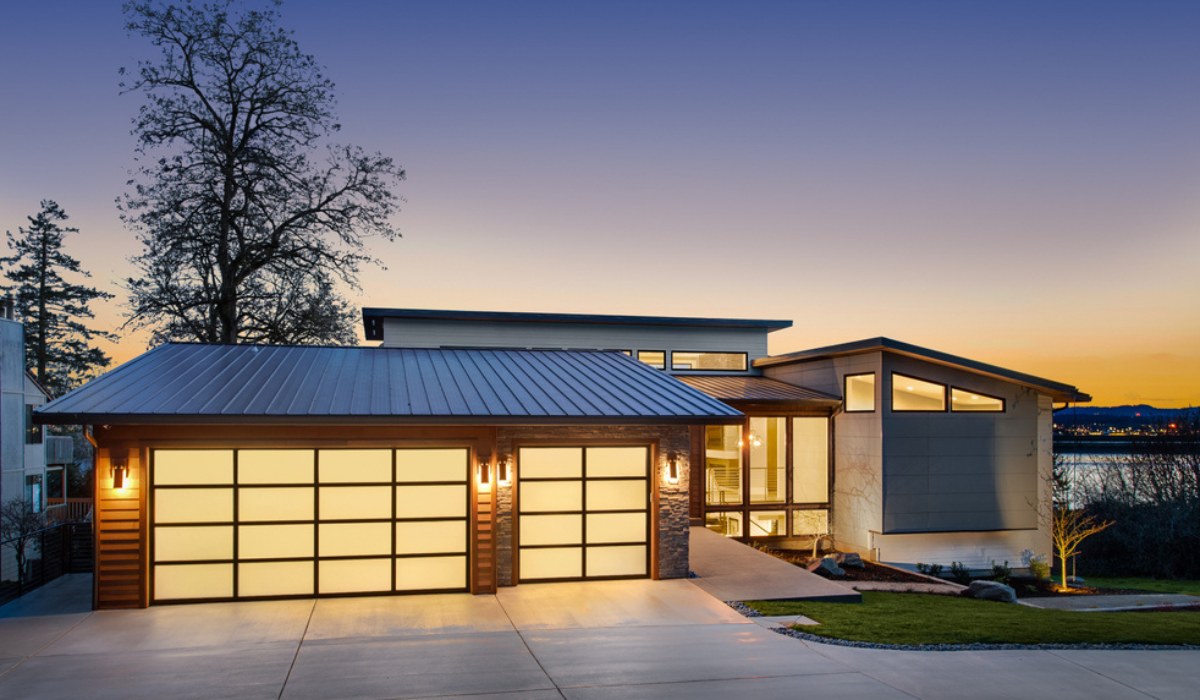ROOF RENOVATION
Roof renovation is an important aspect of maintaining and modernizing a building.
It not only contributes to energy efficiency and value retention, but also protects the building from damage caused by the weather and moisture.
Why is it important?

Energy efficiency
An unrenovated roof can lead to considerable heat loss, which drives up heating costs. A professional roof renovation can improve the thermal insulation and thus reduce the building's energy consumption. This not only protects the environment, but also your wallet.

Value retention
An intact and well-maintained roof contributes significantly to maintaining the value of a property. During a roof renovation, damage is repaired and the roof is brought up to the latest state of the art, which extends the life of the roof and increases the value of the building.

Protection from damage
Over time, weather influences such as rain, snow, wind and UV radiation can damage the roof. A roof renovation ensures that such damage is repaired and the roof is once again optimally protected against moisture and other harmful influences.
Parts of Roof Renovation
A roof refurbishment can include different measures, depending on the condition of the roof and the individual requirements of the building. Here are four possible areas of roof renovation:
🔹Roof insulation
Optimum roof insulation is essential for the energy efficiency of a building. When renovating a roof, the existing insulation can be checked and replaced or improved if necessary. This can be done, for example, by installing insulation between the rafters or on top of the rafters, depending on the structural situation and the desired insulation properties.
🔹Roof sealing
Roof sealing is essential to prevent moisture damage and water ingress. During a roof renovation, the roof sealing can be renewed or repaired, for example by applying bitumen membranes or plastic sealing sheets.
🔹Roof covering
The roof covering protects the roof from the weather and contributes to the appearance of the building. In the course of a roof renovation, the roof covering can be renewed or repaired, for example by replacing defective roof tiles or attaching a new metal covering.
🔹Roof dewatering
Functioning roof drainage is important in order to drain rainwater in a targeted manner and thus prevent damage caused by waterlogging. When renovating a roof, the roof drainage can be checked and, if necessary, optimized or replaced, for example by installing gutters and downpipes.
